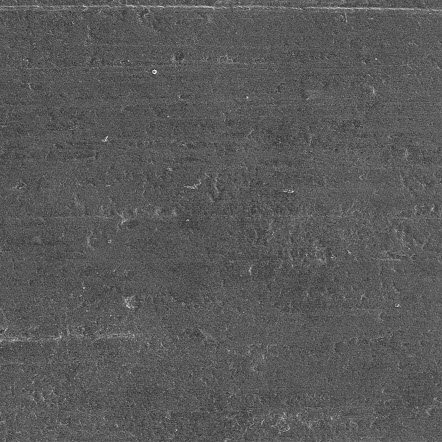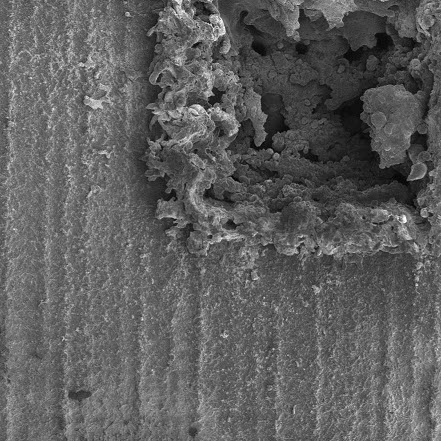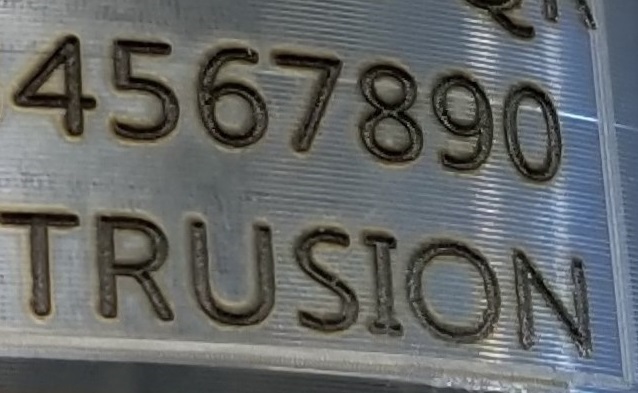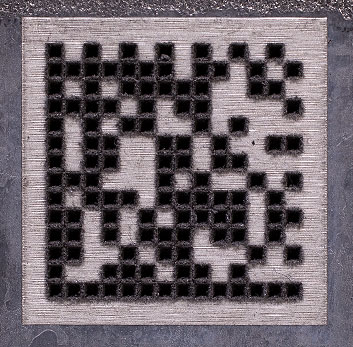LASER MARKING & ENGRAVING INFORMATION
With the ability to also cut through certain materials it allows for uniquely shaped pieces.
What is optical device marking?
Laser marking is that the method of employing a ray of light to mark or print a style or message onto a surface. The ray of light heats up the surface of the fabric, inflicting material to vaporize, giving a permanent mark. optical device marking is commonly used to mark product with identification numbers, serial numbers, logos, or different data.
What is optical device engraving?
Laser engraving is analogous to optical device marking, however it involves removing material from the surface of the article being inscribed instead of simply dynamical the color. The ray of light removes material from the surface, making a deep, permanent engraving. optical device engraving is commonly wont to produce ornamental styles, labels, or personalize things like gifts or awards.
How will optical device marking and engraving work?
Laser marking and engraving use a high-powered ray of light to mark or engrave the surface of a fabric. The ray of light is targeted onto a little, precise space of the surface, and therefore the energy from the beam causes a chemical change within the material. This reaction changes the color of the fabric (in the case of optical device marking) or removes material from the surface (in the case of optical device engraving).
The depth and intensity of the optical device marking or engraving is controlled by adjusting the ability of the ray of light and therefore the speed at that it moves over the surface of the fabric. this permits for precise and elaborated markings or engravings. This could include the Frequency, Pulse width, speed or power of the laser.
| Material | Vaporization Temperature |
|---|---|
| Aluminum | 2327°C |
| Copper | 2595°C |
| Iron | 3000°C |
| Lead | 1750°C |
| Magnesium | 1110°C |
| Zinc |
906°C |
How Do You Engrave High-Contrast, High-Quality Marks?
If you look at the following magnified images, you can see the chaotic surface created as a result of laser engraving.
| Before Laser Engraving | After Laser Engraving |
 |
 |
Permanent marks created by laser engraving are darker because light is trapped in deep crevices (the engraving depth can reach up to 0.5 mm).
There are two ways of creating contrast when you laser engrave a surface.
 The first (and faster) engraving method creates contrast between the bare material and the black marks that are engraved. This method is only recommended if the bare material color is pale enough to generate a high contrast.
The first (and faster) engraving method creates contrast between the bare material and the black marks that are engraved. This method is only recommended if the bare material color is pale enough to generate a high contrast.
 The second (and longer) engraving method achieves higher quality contrasts because it etches black and white marks. With this method, the laser system uses both laser engraving (to create the black marks) and laser etching (to create the white marks).
The second (and longer) engraving method achieves higher quality contrasts because it etches black and white marks. With this method, the laser system uses both laser engraving (to create the black marks) and laser etching (to create the white marks).
But What is a Laser Doing?
If we look back at the second word in the acronym, amplification, we will gain a better understanding of what a laser does. Once this beam of light is created, it is amplified in some way to produce a focal point.
As the atoms begin to move, they create a weak light, and as more and more energy is added, the light waves become even more concentrated. Unlike with other types of light (such as a flashlight), the light rays of lasers all have the same wavelength and are coherent, which is what makes it such a powerful concentration of energy.
you’ll need to decipher between the four most common types of laser marking, which are:
- Annealing laser marking
- Carbon migration laser marking
- Foaming laser marking
- Coloration laser marking
In this post, we will examine each of these laser marking types and present the following:
- A basic definition of each laser marking process
- The ideal functionality of each marking system
- The differences each marking system offers in comparison to the others
- Industry applications for each laser marking machine
1. Annealing Laser Marking
Some key points:
- Used on carbon-containing metals
- Oxidation process can result in a variety of colors
- A slower, more drawn-out process
- Common in the medical industry
Annealing marking refers to an oxidation process of applying heat to a surface material (without applying a high amount of aggression). This type of laser marking generally results in a solid black mark with a smooth finish, but based on the temperature at the surface of the mark, colors can also vary between shades of yellow, red and green.
This process is typically slower because the annealing relies solely on heat to bring carbon from the metal to the surface and make the markings. Once the metal is heated, you must also allow it to gradually cool.
Common metals used during the process of laser annealing include the following:
- Titanium
- Steel
- Stainless steel
- Iron
In addition, this process can be used for a variety of industries. However, it is most commonly used in the medical industry with applications such as internal tracking and branding.
2. Carbon Migration Laser Marking
Some key points:
- Can be applied to metals and metal alloys
- Carbon migrates to the surface via a heating process
- Produces dark markings
- Heat is applied at a rapid pace
Carbon migration is another type of laser marking in which a metal or metal alloy is heated, causing said metal to chemically bond with its carbon molecules. This bonding brings the carbon properties to the surface of your material. When this occurs, it will often result in a dark laser marking that can even be black.
This type of marking is a faster process than annealing because it provides a high amount of heat to a smaller area within a more rapid time period.
Only metals containing carbon can utilize this type of laser marking. Common metals in which carbon migration applies to include:
- Steel
- Stainless steel
- Carbide
- Titanium
Industries which have used carbon migration for beneficial applications include, but aren’t limited to:
- Aerospace
- Jewelry engraving
- Metalworking
3. Foaming Laser Marking
Some key points:
- Is used on plastics instead of metals
- Produces light markings
- Material is melted, creating foam and gas bubbles
- Results in relatively smooth marking
Foam laser marking is used when a plastic is darker and the desired end result is a lighter color (usually white, gold or various tan shades). This change in color occurs by creating a molten burn on the surface that is both contained and controlled. When the surface is melted, it creates an atmosphere of foaming gas bubbles.
These bubbles change the light refraction properties of the material, making foaming a desirable process when light effects, lettering, symbols and more are requested for a product’s surface.
Foaming is not used on metal; rather, it is used only on plastics, making it a valuable asset within the plastics industry and sectors which regularly utilize plastics in their operations.
Examples of applications that foam laser marking can be used for include:
- Marking on ink cartridges
- Marking on keyboards
- Marking on cosmetic packaging
4. Coloration Laser Marking
Some key points:
- Can be utilized for both metals and plastics
- The process for coloration varies, depending on your material
- Creates contrast in both colored and black and white materials
- Color results are based on an oxidation process
The process of adding color to a plastic or metal, or coloration laser marking, is created by heating specific parts of a surface based on the anticipated outcome. Modifying the surface by controlling its pulse frequency, width, and more will result in varying colors and shades, so it is important to know what your desired results are beforehand.
When coloration is applied to a plastic material, it can be done so via a foaming process. When polymers within the plastic are manipulated, it results in a wavelength of colors, usually ranging from infrared to ultraviolet.
Metal coloration occurs with an oxidation process that can be applied to surfaces that have previously been both treated and untreated. This gives users more freedom with their coloration outcomes, and can even be used for decorative applications.
As a result, lasers used for coloration marking often are able to operate at a broad range of frequencies, speeds, power levels and so on.
Examples of industrial applications in which can be used include:
- Creating decorative jewelry
- Color coating ear tags for cattle
- Marking colors on a bottle cap